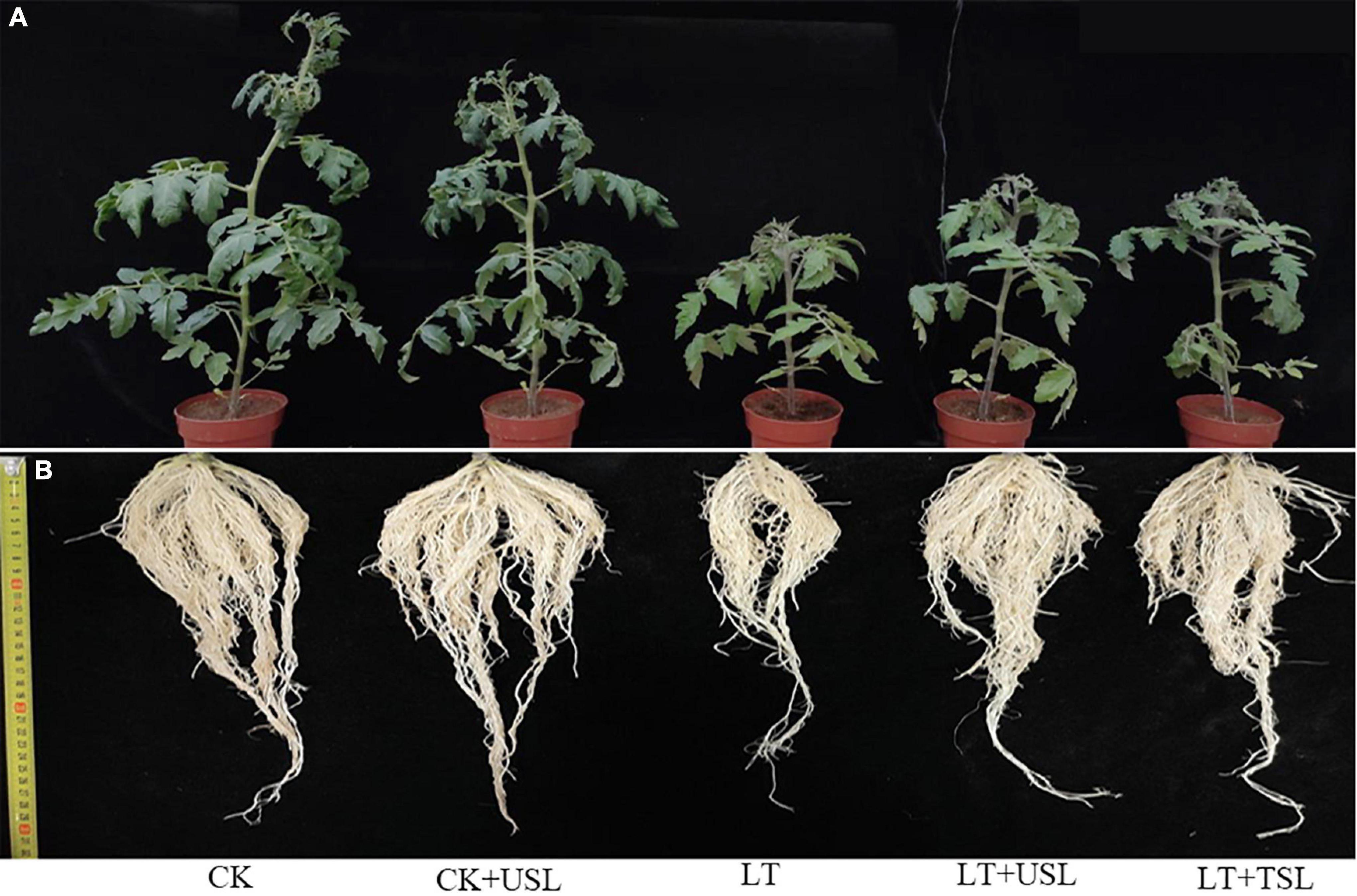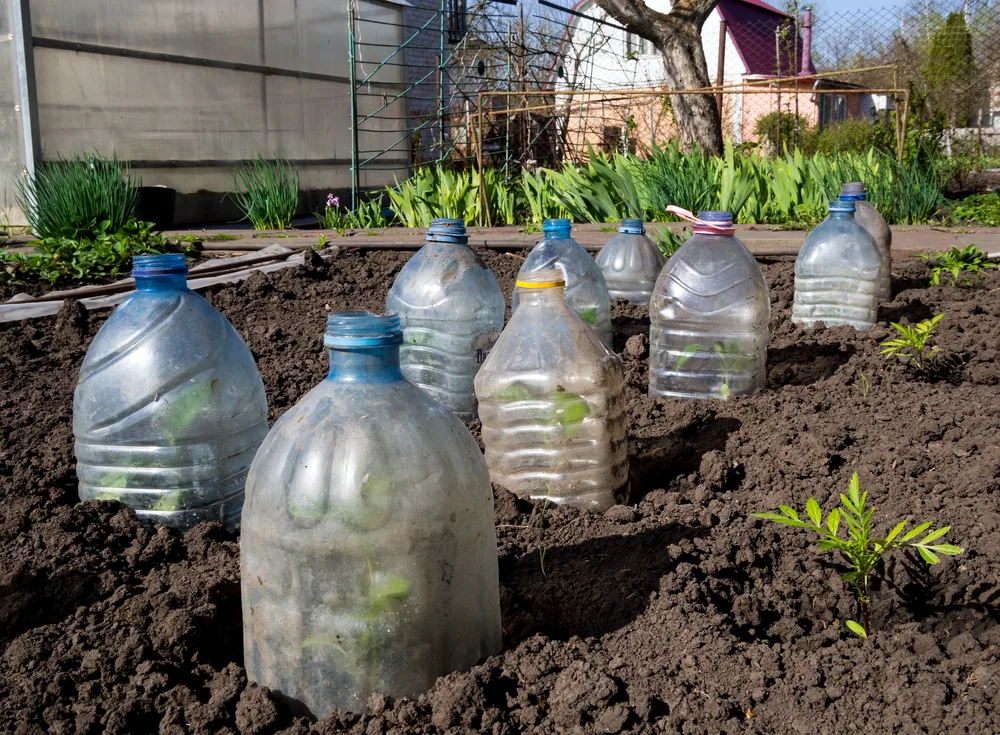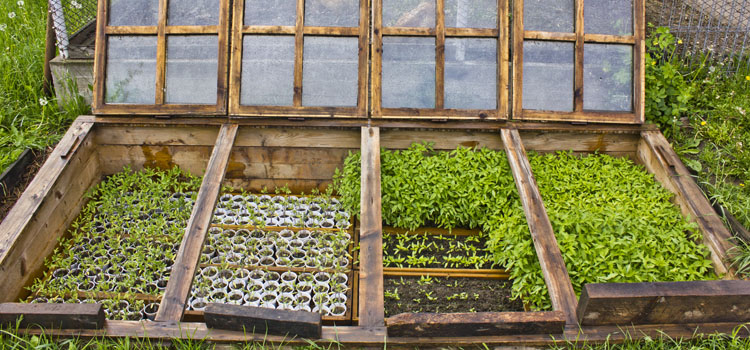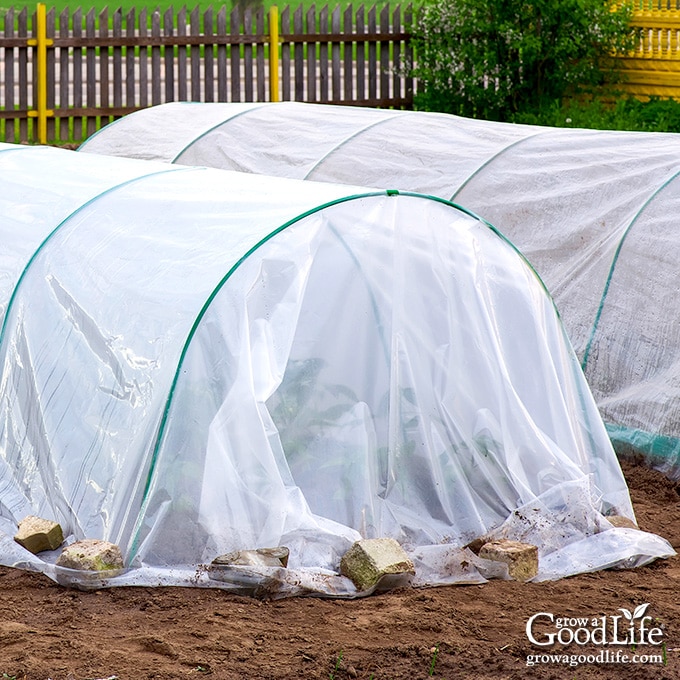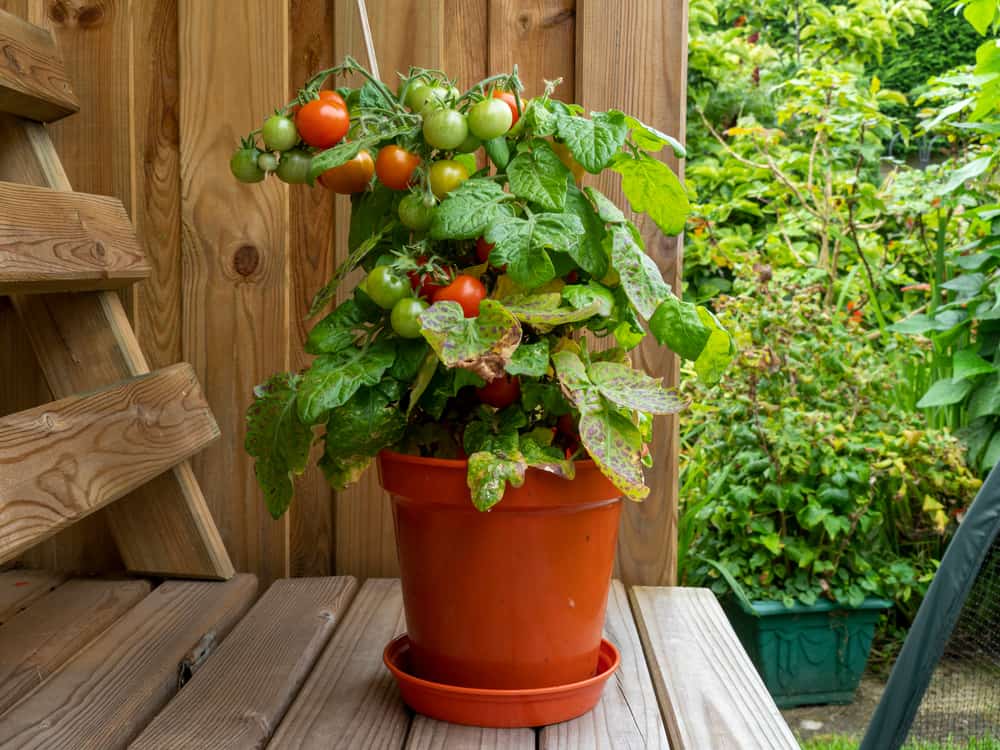Understanding the Risks of Frost Damage to Tomato Plants
Tomato plants are sensitive to cold temperatures, and frost damage can be devastating to a crop. When temperatures drop below a certain threshold, the plant’s cells can become damaged, leading to reduced yields, lower fruit quality, and even plant death. The impact of cold stress on tomato plant growth and development can be significant, making it essential for growers to understand the risks and take proactive measures to protect their plants.
The ideal temperature for tomato plant growth is between 65°F and 70°F (18°C and 21°C). However, when temperatures drop below 55°F (13°C), the plant’s growth slows down, and it becomes more susceptible to disease. Prolonged exposure to temperatures below 50°F (10°C) can cause significant damage, including reduced fruit production, stunted growth, and increased susceptibility to pests and diseases.
Growers need to be aware of the risks of frost damage to tomato plants and take steps to protect their crop. This includes monitoring temperature forecasts, using row covers or cold frames, and bringing plants indoors when necessary. By understanding the risks of frost damage and taking proactive measures, growers can help ensure a healthy and productive tomato crop.
One of the most critical factors in determining the risk of frost damage is the duration of the cold temperature. A light frost may not cause significant damage, but prolonged exposure to cold temperatures can be devastating. Growers need to be aware of the temperature fluctuations in their area and take steps to protect their plants accordingly.
In addition to temperature, other factors can contribute to the risk of frost damage, including wind, humidity, and soil moisture. Growers need to consider these factors when determining the best course of action to protect their tomato plants.
What is the Lowest Temperature Tomato Plants Can Tolerate?
Tomato plants are sensitive to cold temperatures, and the lowest temperature they can tolerate depends on the stage of growth and the duration of exposure. Generally, tomato plants can tolerate light frosts, but prolonged exposure to temperatures below 40°F (4°C) can cause significant damage.
The difference between light frost and killing frost is crucial in determining the risk of damage to tomato plants. Light frost occurs when the temperature drops below 32°F (0°C) but remains above 25°F (-4°C). In this range, the damage is usually minimal, and the plants may recover quickly. However, if the temperature drops below 25°F (-4°C), the damage can be severe, and the plants may not recover.
Temperature fluctuations can also affect tomato plant growth. When the temperature drops, the plant’s growth slows down, and it becomes more susceptible to disease. Conversely, when the temperature rises, the plant’s growth accelerates, and it becomes more resistant to disease. Understanding these temperature fluctuations is essential in determining the best course of action to protect tomato plants from cold temperatures.
It’s also important to note that the temperature tolerance of tomato plants varies depending on the variety. Some varieties, such as cherry tomatoes and patio tomatoes, are more cold-tolerant than others, such as beefsteak tomatoes and Roma tomatoes. Growers should research the specific temperature tolerance of their tomato variety to determine the best protection strategies.
In addition to temperature, other factors can affect the cold hardiness of tomato plants, including wind, humidity, and soil moisture. Growers should consider these factors when determining the best course of action to protect their tomato plants from cold temperatures.
How to Determine if the Temperature is Too Cold for Your Tomato Plants
Determining if the temperature is too cold for your tomato plants requires careful monitoring and attention to detail. One of the most effective ways to determine if the temperature is too cold is to monitor temperature forecasts. Check the weather forecast regularly to see if there are any cold snaps predicted in your area.
In addition to monitoring temperature forecasts, using thermometers can also help you determine if the temperature is too cold for your tomato plants. Place thermometers in different locations around your garden to get an accurate reading of the temperature. This will help you identify any cold spots in your garden and take action to protect your plants.
Observing plant symptoms is also an effective way to determine if the temperature is too cold for your tomato plants. Check your plants regularly for signs of cold stress, such as yellowing or droopy leaves, blackened stems, or reduced fruit production. If you notice any of these symptoms, take action immediately to protect your plants.
It’s also important to understand the concept of “chill hours” when determining if the temperature is too cold for your tomato plants. Chill hours refer to the amount of time that a plant is exposed to temperatures below 45°F (7°C). Most tomato varieties require a certain number of chill hours to break dormancy and produce fruit. If the temperature is too cold, the plant may not receive enough chill hours, which can affect fruit production.
When determining if the temperature is too cold for your tomato plants, it’s also important to consider the wind chill factor. Wind can make the temperature feel colder than it actually is, which can affect plant growth and development. If you live in an area with high winds, take extra precautions to protect your plants from cold temperatures.
Taking action before temperatures drop is crucial in protecting your tomato plants from cold damage. By monitoring temperature forecasts, using thermometers, and observing plant symptoms, you can take proactive steps to protect your plants and ensure a healthy and productive harvest.
The Effects of Prolonged Exposure to Cold Temperatures on Tomato Plants
Prolonged exposure to cold temperatures can have devastating effects on tomato plants. One of the most significant effects is reduced fruit production. When tomato plants are exposed to cold temperatures, the production of fruit is slowed down, and the quality of the fruit is affected. This can result in smaller, less flavorful tomatoes.
In addition to reduced fruit production, prolonged exposure to cold temperatures can also increase the susceptibility of tomato plants to disease. When plants are stressed by cold temperatures, they become more vulnerable to disease-causing pathogens. This can lead to a range of diseases, including fungal infections, bacterial spot, and viral diseases.
Stunted growth is another effect of prolonged exposure to cold temperatures on tomato plants. When plants are exposed to cold temperatures, their growth is slowed down, and they may not reach their full potential. This can result in smaller, weaker plants that are more susceptible to disease and pests.
Cold temperatures can also affect the nutritional content of tomato plants. When plants are stressed by cold temperatures, they may not be able to absorb nutrients from the soil as efficiently. This can result in nutrient deficiencies, which can affect the quality and flavor of the fruit.
Furthermore, prolonged exposure to cold temperatures can also affect the root system of tomato plants. When plants are exposed to cold temperatures, their roots may become damaged, which can affect their ability to absorb water and nutrients. This can lead to a range of problems, including reduced fruit production and stunted growth.
It’s essential to take action to protect tomato plants from prolonged exposure to cold temperatures. By using row covers, bringing plants indoors, and utilizing cold frames, growers can help to mitigate the effects of cold temperatures and ensure a healthy and productive harvest.
Protecting Your Tomato Plants from Cold Temperatures: Tips and Strategies
Protecting tomato plants from cold temperatures is crucial to ensure a healthy and productive harvest. There are several tips and strategies that can help to protect tomato plants from cold temperatures, including using row covers, bringing plants indoors, and utilizing cold frames.
Using row covers is a popular method for protecting tomato plants from cold temperatures. Row covers are lightweight, breathable fabrics that can be placed over the plants to trap warm air and keep cold air out. They can be applied directly to the soil or supported by hoops or frames. Row covers are effective at temperatures as low as 25°F (-4°C) and can be left on the plants for several weeks.
Bringing tomato plants indoors is another effective way to protect them from cold temperatures. This method is particularly useful for small plants or seedlings that are sensitive to cold temperatures. When bringing plants indoors, make sure to provide sufficient light, maintain temperature and humidity levels, and prevent pests.
Utilizing cold frames is another strategy for protecting tomato plants from cold temperatures. Cold frames are structures that are designed to capture and retain heat from the sun, providing a warm and protected environment for plants. They can be built using a variety of materials, including wood, plastic, and metal.
Other methods for protecting tomato plants from cold temperatures include using mulch, providing wind protection, and using anti-transpirant sprays. Mulch can help to retain moisture and regulate soil temperature, while wind protection can help to prevent cold air from reaching the plants. Anti-transpirant sprays can help to prevent water loss and reduce stress on the plants.
When choosing a method for protecting tomato plants from cold temperatures, consider the specific needs of your plants and the climate in your area. It’s also important to take action before temperatures drop, as this can help to prevent damage and ensure a healthy and productive harvest.
How to Create a Cold Frame for Your Tomato Plants
Creating a cold frame for your tomato plants is a great way to protect them from cold temperatures and extend the growing season. A cold frame is a structure that is designed to capture and retain heat from the sun, providing a warm and protected environment for plants. Here’s a step-by-step guide on how to create a cold frame for your tomato plants:
Materials needed:
- 2 x 4 lumber for the frame
- Plywood or oriented strand board (OSB) for the top and bottom
- Plastic or glass for the glazing
- Hinges and latches for the lid
- Weatherstripping for the edges
Construction tips:
1. Build the frame: Use the 2 x 4 lumber to build a rectangular frame that is 4-6 feet long and 2-3 feet wide. Make sure the frame is sturdy and can support the weight of the glazing.
2. Attach the top and bottom: Cut the plywood or OSB to fit the frame and attach it using screws or nails. Make sure the top and bottom are secure and can support the weight of the glazing.
3. Add the glazing: Cut the plastic or glass to fit the frame and attach it using hinges and latches. Make sure the glazing is secure and can withstand wind and weather.
4. Add weatherstripping: Apply weatherstripping around the edges of the frame to prevent cold air from entering and warm air from escaping.
Maintenance advice:
1. Open the lid during the day: Open the lid of the cold frame during the day to allow sunlight and warm air to enter. Close the lid at night to retain the heat.
2. Monitor the temperature: Monitor the temperature inside the cold frame and adjust the lid accordingly. If the temperature gets too high, open the lid to allow cool air to enter.
3. Keep the cold frame clean: Keep the cold frame clean and free of debris to ensure optimal performance.
Using Row Covers to Protect Your Tomato Plants from Frost
Row covers are a popular method for protecting tomato plants from frost. They are lightweight, breathable fabrics that can be placed over the plants to trap warm air and keep cold air out. Row covers are effective at temperatures as low as 25°F (-4°C) and can be left on the plants for several weeks.
Types of row covers:
There are several types of row covers available, including:
- Polypropylene row covers: These are the most common type of row cover and are made from a lightweight, breathable fabric.
- Polyethylene row covers: These are similar to polypropylene row covers but are more durable and can withstand higher winds.
- Cotton row covers: These are a more natural option and are made from a breathable cotton fabric.
Application tips:
When applying row covers, make sure to:
- Place the row cover directly on the soil or on top of the plants.
- Secure the row cover with rocks, soil, or landscape pins.
- Make sure the row cover is tight and evenly spaced to prevent cold air from entering.
Removal strategies:
When removing row covers, make sure to:
- Remove the row cover slowly and carefully to prevent damaging the plants.
- Dispose of the row cover properly to prevent the spread of disease.
- Inspect the plants for any damage or disease and take action accordingly.
Benefits of using row covers:
Row covers offer several benefits, including:
- Protection from frost and cold temperatures.
- Increased yields and improved fruit quality.
- Reduced risk of disease and pests.
Drawbacks of using row covers:
Row covers also have some drawbacks, including:
- They can be expensive, especially for large gardens.
- They can be time-consuming to apply and remove.
- They can reduce air circulation and increase the risk of disease.
Bringing Your Tomato Plants Indoors: A Last Resort
Bringing your tomato plants indoors can be a last resort to protect them from cold temperatures. This method is often used when the temperature is expected to drop below 25°F (-4°C) for an extended period. However, it’s essential to consider the pros and cons of bringing your tomato plants indoors before making a decision.
Pros of bringing tomato plants indoors:
- Protection from extreme cold temperatures.
- Control over temperature and humidity levels.
- Reduced risk of disease and pests.
Cons of bringing tomato plants indoors:
- Limited space and light.
- Increased risk of overwatering and root rot.
- Potential for pests and diseases to spread.
Providing sufficient light:
When bringing your tomato plants indoors, it’s essential to provide sufficient light. Tomato plants require at least 6 hours of direct sunlight per day. If this is not possible, consider using grow lights to supplement the natural light.
Maintaining temperature and humidity levels:
Tomato plants prefer daytime temperatures between 65°F (18°C) and 70°F (21°C) and nighttime temperatures around 55°F (13°C). Maintain a consistent temperature and humidity level to promote healthy growth.
Preventing pests:
When bringing your tomato plants indoors, it’s essential to prevent pests from spreading. Inspect your plants regularly for signs of pests, and take action immediately if you notice any issues.
Conclusion:
Bringing your tomato plants indoors can be a last resort to protect them from cold temperatures. However, it’s essential to consider the pros and cons and take necessary precautions to ensure the health and well-being of your plants.





